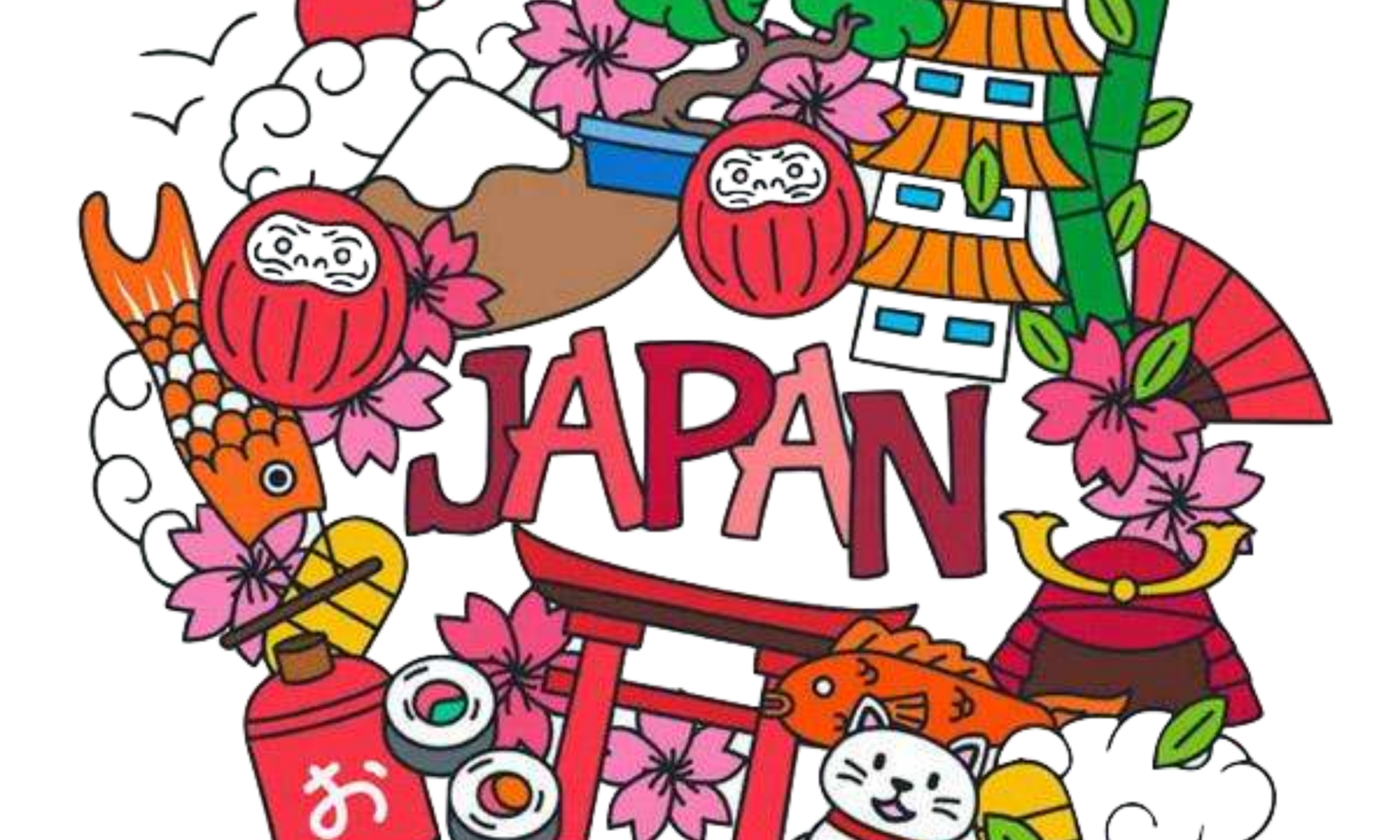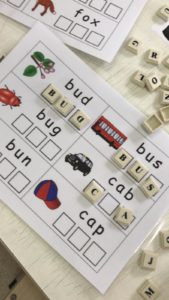
Portfolios are a great way to demonstrate student progress over time in your preschool, pre-k, or kindergarten classroom. They can be used as tools to demonstrate each child’s individual progress from the beginning to the end of the school year.
Each section of the portfolio should be designed to demonstrate a child’s progress with the early learning goals or standards identified by the theme.
IB PYP cover sheets
https://www.teacherspayteachers.com/Product/IB-PYP-cover-sheets-4935820
These IB PYP cover sheets can be used for the on-going working binder and/or for the IB PYP Portfolio. They are great to separate each unit of inquiry within the daily working binder or to use as a cover sheet for each unit within their portfolio.
Editable version is here>>>
https://www.teacherspayteachers.com/Product/Editable-IB-PYP-cover-sheets-Microsoft-Word-doc-4935837
This file contains cover sheets for each of the 6 transdisciplinary themes. You can edit as you like.
TRANSDISCIPLINARY THEMES
Who We Are
Where We Are in Place and Time
How We Express Ourselves
How the World Works
How We Organize Ourselves
Sharing the Planet
Inquiry-based learning which is a pillar of IB Primary Years Programme(PYP) is committed as the leading vehicle for learning. Six transdisciplinary themes provide the framework for knowledge. Transdisciplinary is the word that the IB uses to describe a discipline that applies across all disciplines – it is interconnected and can be applied across all subjects and applied to real life. A transdisciplinary concept stretches across math, science, English and social studies and ties it all together; it is not isolated to one subject. For example, the idea of change affects math, science, English and social studies – the IB PYP strives to demonstrate this through earning, giving understanding to a real life world.
Recording student learning
Making the PYP happen (2009) emphasises the need to collect and analyse data (assessment of student learning) through the use of multiple and diverse strategies (observations, performance assessments, process-focused assessments, selected responses and open-ended tasks) and tools (rubrics, exemplars, checklists, anecdotal records, and continuums). The use of portfolios is encouraged to enable students to actively represent their learning and reflections on their learning.
The role of students in assessment
Readily accessible portfolios give students ownership and some control of their learning. This appreciation is further encouraged through the tracking of students’ work and achievements. Each student has a portfolio of their own work, and they have complete control over what they include in it. This portfolio acts as a physical reflection not only of the student’s academic work, but also their personal accomplishments, which appear as memos attached to various pages. These accomplishments include doing well on tests, but can also be as simple as an improvement with regards to timekeeping or handwriting. Through this, students come to understand the value of hard work, and their own potential for personal growth.












